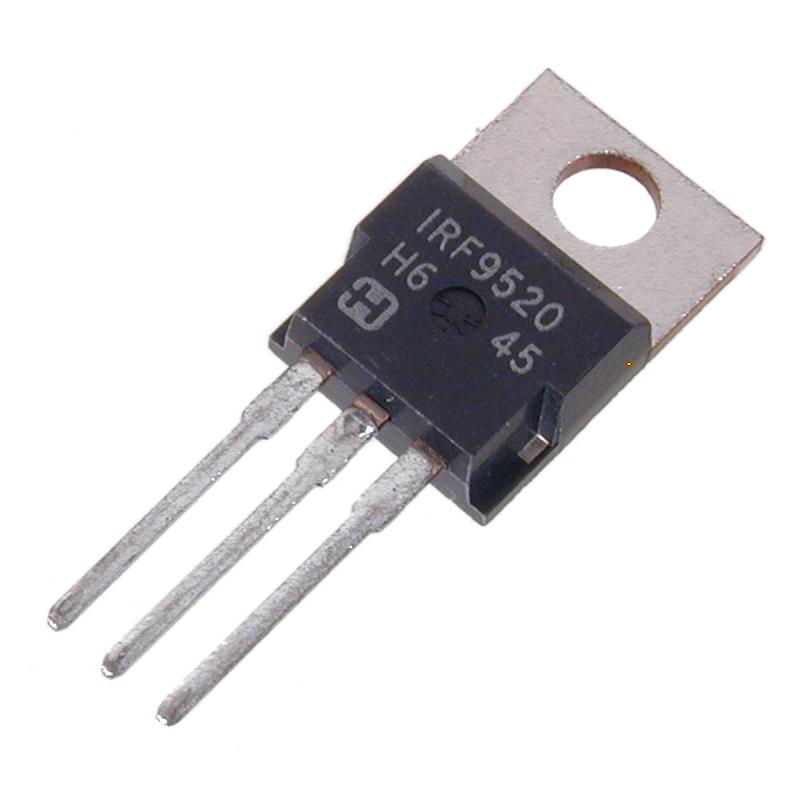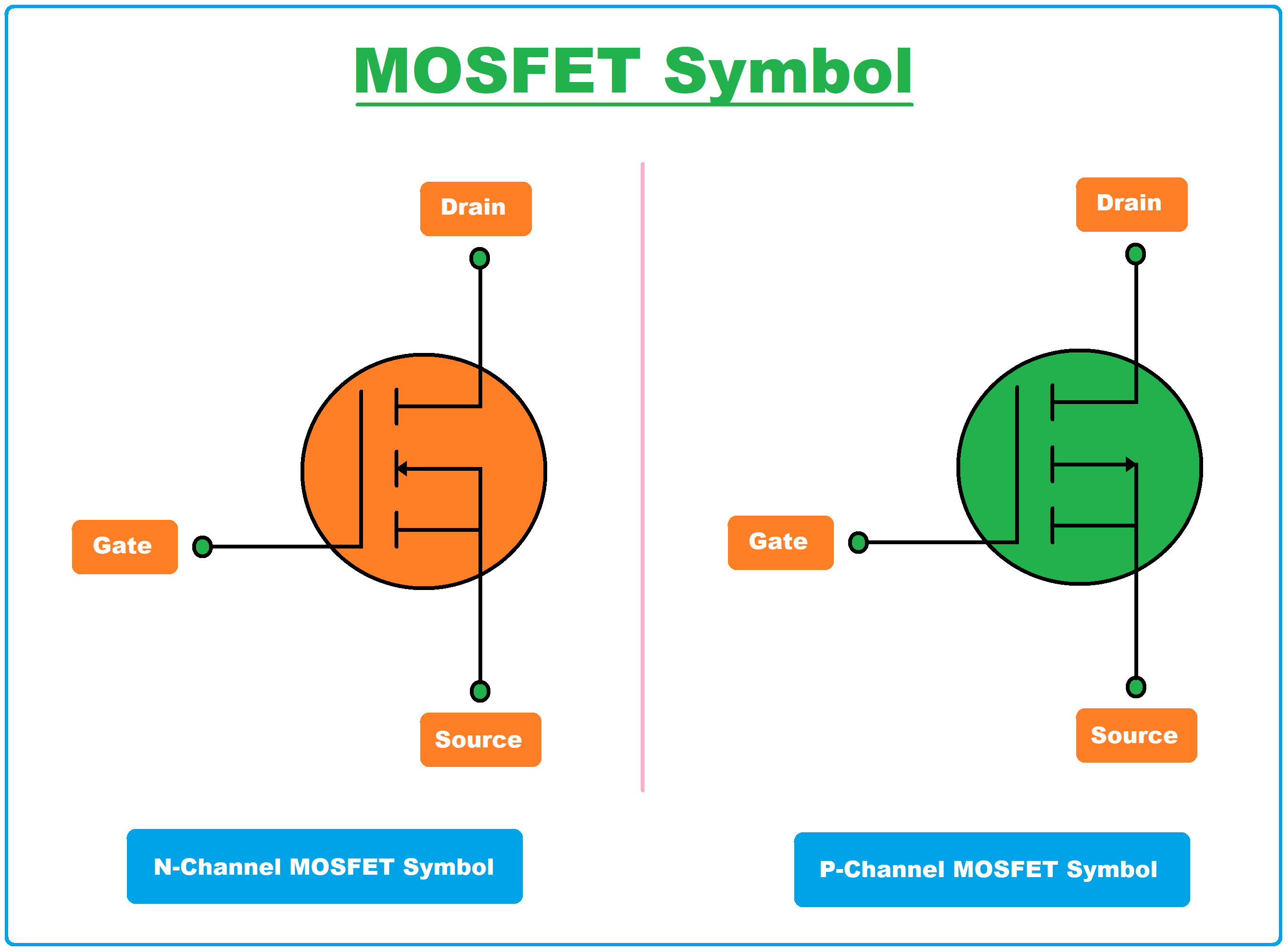

Deal worked on oxidation and surface states.

They weren’t put on a formal team, but they soon discovered each other and their complementary assignments through casual office interactions. The analysis team became Bruce Deal, Andrew Grove, and Ed Snow. He simply wanted to better understand the metal-oxide-semiconductor planar process so that Fairchild could make better bipolar transistors and ICs. However, he wasn’t interested in studying MOSFETs. In early 1963, Gordon Moore started hiring more people to more thoroughly analyze MOS process technology. (Note: Sah is often listed as the sole inventor of CMOS, but his name is on the patent because he was Wanlass’s manager, and it was customary to list the manager along with the inventor on the patent application.) CMOS is the foundational transistor technology for nearly every IC now manufactured. Sah patented the idea for CMOS circuits, which combine p- and n-channel MOSFETs on one silicon die. He developed application circuits for MOSFETs including a current meter that exploited the MOSFET’s extremely high input impedance.Īlong the way, Wanlass and his manager C.T. He then designed and fabricated a flip-flop IC using MOSFETs and achieved an incredible wafer yield of better than 80%. He tested the parametric drift of p-channel devices by putting them in a curve tracer and heating them with a cigarette lighter. All the p-channel devices exhibited severe parametric drift, while none of the n-channel devices worked at all. In less than six months, Wanlass designed and fabricated individual p- and n-channel MOSFETs in silicon using the planar process. He wanted to fabricate discrete MOSFETs, build ICs with MOSFETs, and design system-level circuits using those devices to nurture demand for the components. Wanlass wasn’t interested in studying or analyzing the characteristics of the MOS process. Any increased understanding of the planar process and any improvements made to the process technology would further Fairchild’s ability to manufacture bipolar transistors and integrated circuits. However, Moore’s department was vitally interested in MOS processing, because that was the basic structure and nature of Jean Hoerni’s planar manufacturing process, which Fairchild used to make bipolar transistors and ICs. Wanlass decided to focus on MOSFETs, even though Moore’s department wasn’t especially interested in making the devices. When Wanlass joined Gordon Moore’s Research and Development group at Fairchild, the company had a policy of letting new PhD hires work on any project they cared to undertake. Semiconductor FETs suffered from drift for several years until the MOS manufacturing process could be sufficiently cleaned to eliminate the contaminants that caused FET parametric drift. Wanlass thought that making FETs with silicon instead of CdS would solve the parametric drift problem. Even when left on a shelf for a few hours, their electrical characteristics drifted dramatically. But RCA’s thin-film CdS FETs were far too unstable. He realized that the FET’s simple structure meant that many FETs would fit on a semiconductor die, and he conceived of building complex integrated circuits (ICs) using these devices. The simplicity of the FET device structure first intrigued and then obsessed him. He’d become interested in MOS technology when he read about RCA’s work with thin-film cadmium-sulfide (CdS) FETs while studying for his doctorate in solid-state physics. He became the Johnny Appleseed of MOS (metal-oxide-semiconductor) technology, freely planting MOSFET seeds, whenever and wherever.įairchild hired Wanlass in August 1962 after he received his PhD in physics from the University of Utah. He went anywhere and did anything he could to promote the MOSFET’s development. Wanlass was committed to the MOSFET, not to any company. However, when Fairchild Semiconductor hired Frank Wanlass, the MOSFET found its champion. A lot of research and development work would be needed to transform MOSFETs into reliable electronic components.

Early MOSFETs were 100 times slower than bipolar transistors, and they were considered unstable, for good reason: their electrical characteristics drifted badly and unpredictably with time and temperature. It’s hardly surprising that semiconductor companies were reluctant to invest much energy into MOSFET development in the early 1960s.


 0 kommentar(er)
0 kommentar(er)
